Happy Tuesday! Today we are going in-depth to talk about files and logo variations. This can seem super confusing to pretty much *everyone* who isn’t a branding prodigy, so let’s talk about! Whether you’re a prospective client or just wanting to learn some industry jargon, consider this your comprehensive guide to files and logo variations.
At CCS, when someone books a branding design or a branding + web design, they are going to receive multiple file types within their branding deliverables. This is often why I do not only design one logo for clients — because in the creative process, many factors come into play when targeting your ideal audience.
I totally understand that receiving all of these different file types can be very overwhelming, which is why we include our branding guidelines document to walk you through each file type so that you can utilize the best one for whatever medium you may need. Let’s get started!
To start: File Types –
This is an outline that we provide to our clients in our branding guidelines. We explain what raster vs. vector files mean, and also CMYK vs. RGB color mode comparison. Feel free to save this and go back to it later whenever you may need to reference these various file types!
Logo Types:
With any branding from CCS, you will receive a primary logo, secondary logo, stamp, and icon (also known as a Favicon for web pages.) To explain these in more detail, we provide descriptions of each:
Primary logo – Used 90% of the time. Designed to be recognizable, strong and informative of your brand style. This logo lives on your website and on business cards!
Secondary logo – Used where the primary logo can’t fit. This logo can be used everywhere a primary logo can. Think of this one as a backup to your primary!
Stamp – Used to emphasize your brand impression where a primary logo can’t – i.e., in small spaces (such as an IG circle profile photo.) These are great for photo watermarks, website footers and social media icons.
Icon – Used alongside a stamp, this one adds tiny details to compliment your brand. This can be used on packaging, photo watermarks, email signatures and as a favicon on your website.
That’s it! These various terms can get confusing and hard to remember, so consider this your reference-document if you ever need to refresh your memory. As always, let me know if you have any questions – and I’ll see you back here on Thursday!

© Copyright 2018 – 2024 Chloe Creative Studio. Privacy Policy. Terms. North Carolina. Photography by Sara Coffin Photo. Designed by Us :)